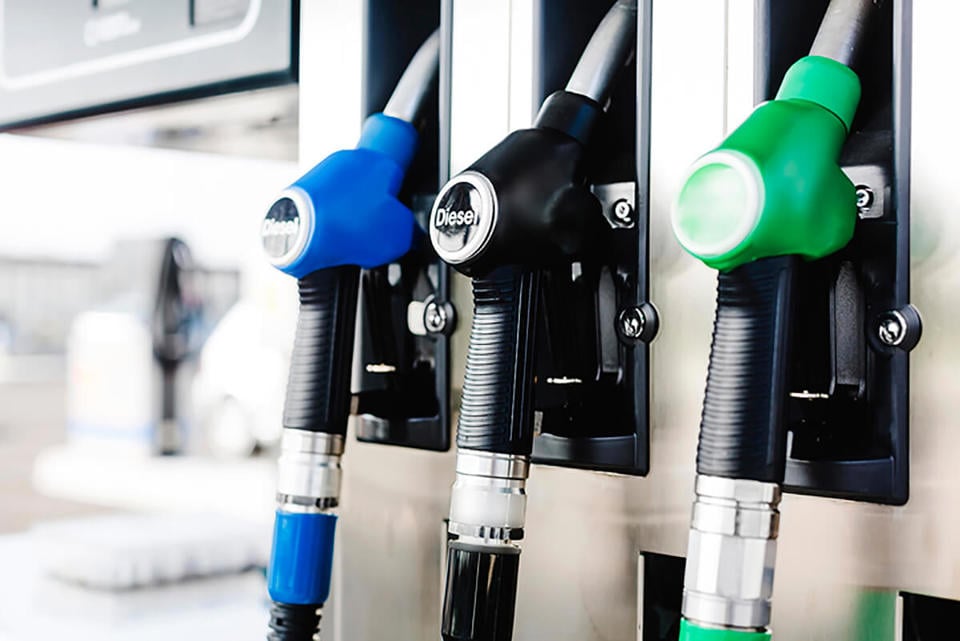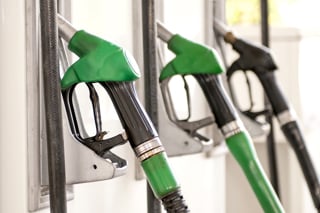Fleets face more misery at the pumps after members of Opec+ - a group that includes Saudi Arabia and Russia - said they would cut oil production by two million barrels per day.
The group said it wanted to stabilise prices, which have fallen in recent months as the world economy slows.
However, fleets are being warned to expect pump price rises after the price of a barrel of Brent crude jumped almost 2% to more than $93 (£82) a barrel following the announcement on Wednesday (October 5).
“Such a deep oil production cut will inevitably see oil prices rise, forcing up the wholesale cost of fuel,” said RAC fuel spokesman Simon Williams said. “The question is when, and to what extent, retailers choose to pass these increased costs on at their forecourts.
“Despite three straight months of pump prices coming down, we believe that in many cases drivers are being charged more to fill up today than they should be based on average wholesale prices over the last few weeks.
“If we see pump prices go up within the next fortnight, we’ll know that retailers are sticking to their strategy of taking far more margin on every litre they sell than they have historically – much to the dismay of drivers up and down the country.
“We’ll be watching what retailers do when it comes to pump prices closely in the next few weeks.”
The cut announced by the Organization of the Petroleum Exporting Countries (Opec) and allies marks the biggest reduction by the group since the height of the pandemic in 2020.
It comes despite pleas from the US and others to pump more, after oil prices spiked this spring when the war in Ukraine disrupted supplies.
Opec members defended their decision as a response to significant "uncertainty" about future demand for oil, amid fears that the global economy is heading towards a recession.
Walid Koudmani, chief market analyst at financial brokerage XTB, said: “WTI crude futures are trading around $88 per barrel on Thursday after gaining more than 10% this week as OPEC+ agreed to cut output by 2 million barrels per day, the biggest output cut since the start of the pandemic.
“While some may have seen this coming, the decision has sparked an upward move for the price which led to it breaking above an important resistance area around $87.60.
“Meanwhile, the US may attempt to reach a deal with Venezuela to restore some of its production and increase supply to the market.
“Despite this, the situation remains uncertain and any major developments could lead to a noticeable increase in volatility on the oil market.”
Higher oil prices were a major driver of the increase in consumer prices that hit countries around the world earlier this year, pushing inflation rates to levels not seen in decades and raising political tensions.
























Login to comment
Comments
No comments have been made yet.